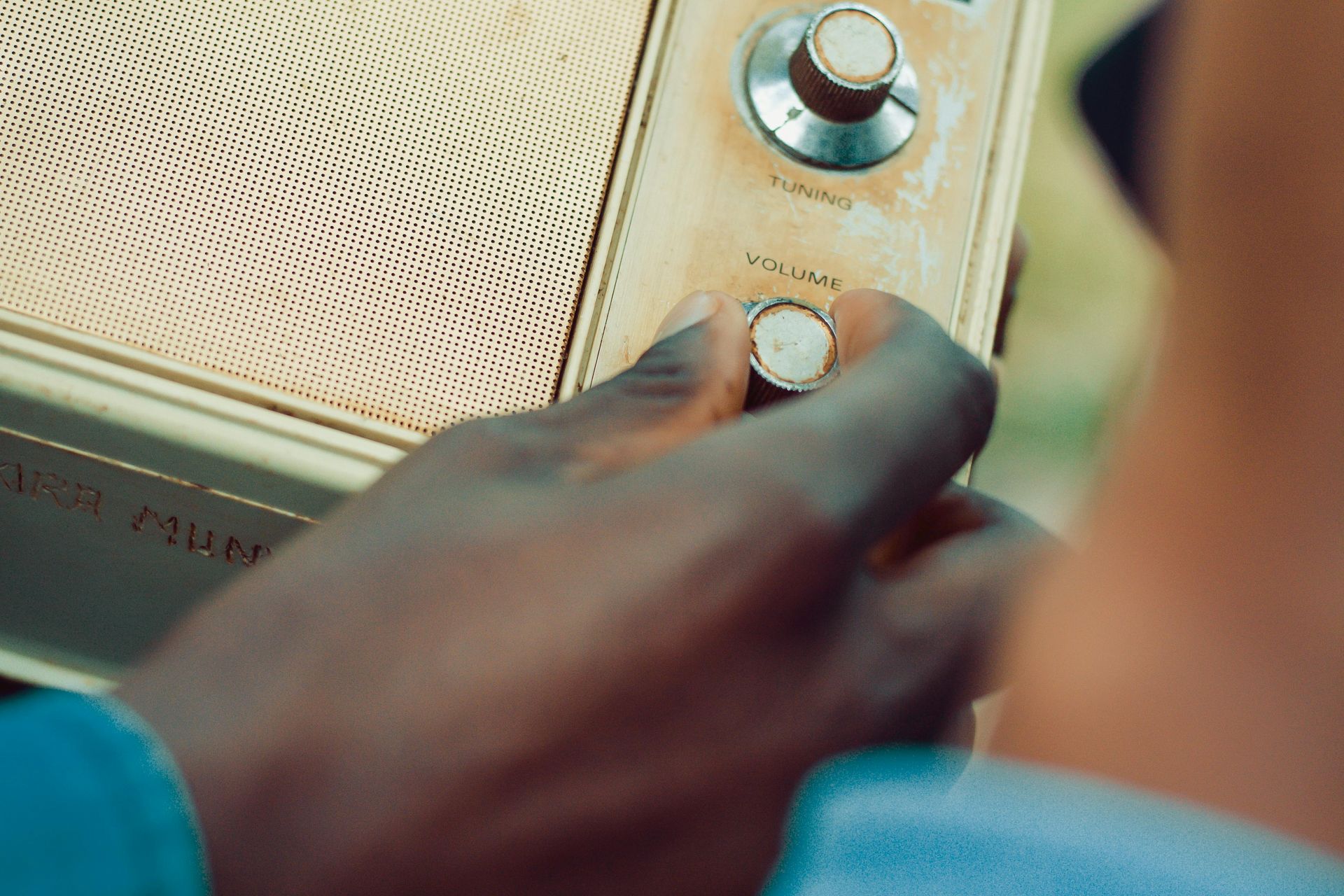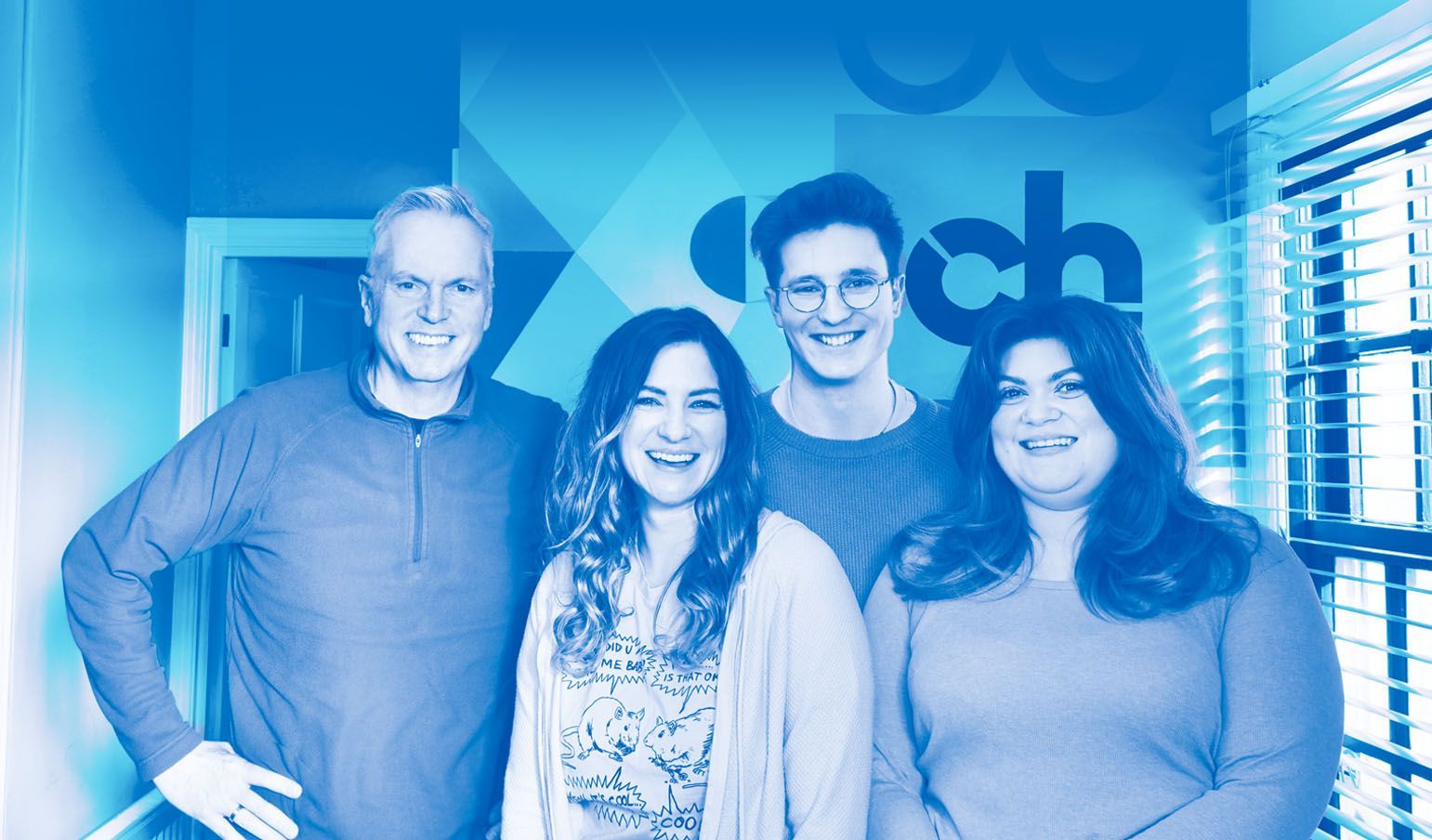Let it Flow – How We Work With Your Footage

3rd April 2020 by CH
Workflow.
Every video production agency has one.
That’s because footage handling after a shoot is REALLY important. No surprises there.
Here’s an overview of how we do things (for all you video enthusiasts out there, as it’s bit technical!)
Filming
Like many other video agencies, we shoot at 4K resolution (well, 3840 x 2160 pixels to be precise). What this means is that we end up with LOTS of data after a long shoot day. That data is captured on memory cards inside our cameras. There are all sorts of them but the cameras we have we use XQD and fast SD cards to capture the digital information.
Copying Footage
To save time, we try to copy over what was filmed in the morning to a portable hard drive, and then again after the shoot has. This is called ‘DIT’ – an easy-to-say acronym for Digital Image Technician (yes, a verb/noun mess up).
Backing Up Footage
As a backup, we ensure that the physical camera cards are retained and not wiped for re-use until we have finished copying over and reviewing all of the footage back at CH HQ (often after we’ve arrived back at the office after the shoot day).
At this point, the generic file names are renamed, and we make ‘proxy files’ of the 4K footage. Proxies are drastically reduced file sizes, a far lower resolution that we use to edit with. This makes the editing process much faster as we’re working with much less throughput of data.
The portable hard drive is then taken off-site and copied over to another hard drive for security.
Our Editing Process
We work with Adobe Creative Suite, so we use our Premiere Pro for editing and After Effects for motion graphics and animation work.
Check out some of our motion graphics and animation here.
Rough Edit
First, we make a ‘rough edit’ which is where the good takes are put into a separate sequence. Then those can be divided up into subjects or interviewees.
Main Edit
This is where the real magic happens! The rough edit is then weaved into the proper edit version 1 (most often by one of our producers and an editor in conjunction).
After the first edit, the low-resolution footage is automatically swapped with the high-resolution footage (conformed) on export.
‘Version 1’ is then uploaded to our chosen online review platform, Wipster for our lovely clients to make their comments and request changes.
On all our video projects, we include two rounds of changes within the budget. Sometimes this needs to extend beyond that so we charge for that on an hourly rate for the time it takes our editors and motion graphics team to complete the extra tweaks.
Picture Lock and Colour Grading
So, once the final edit is approved, we move to ‘picture-lock’. This is good news!
Generally, this means we move the edit into DaVinci Resolve which is the industry standard colour grading software.
This is where we amp up the colours, contrast and visual tone of the video. It makes a huge different to the look of the final video, so it’s well worth the extra dollar.
All of these processes take a lot of time. It’s not a quick fix.
So, this is why timely, consolidated feedback is so important to us and our workflow. ‘
Round-tripping back to the edit adds on further processes, checks, more colour grading and therefore, time.
Delivery
Then, finally, the video is exported in a high-resolution format for delivery to our clients – hoorah!
New software and technical initiatives are cropping up all the time and we’re always on the lookout to see if they’d benefit us and our clients. But let’s just say that 8K resolution can wait a while yet…
Say hello@ch-video.com to get in touch with us about your next video content. Or if you fancy chatting to our geeky edit team, they’d love it.
Share this post:



